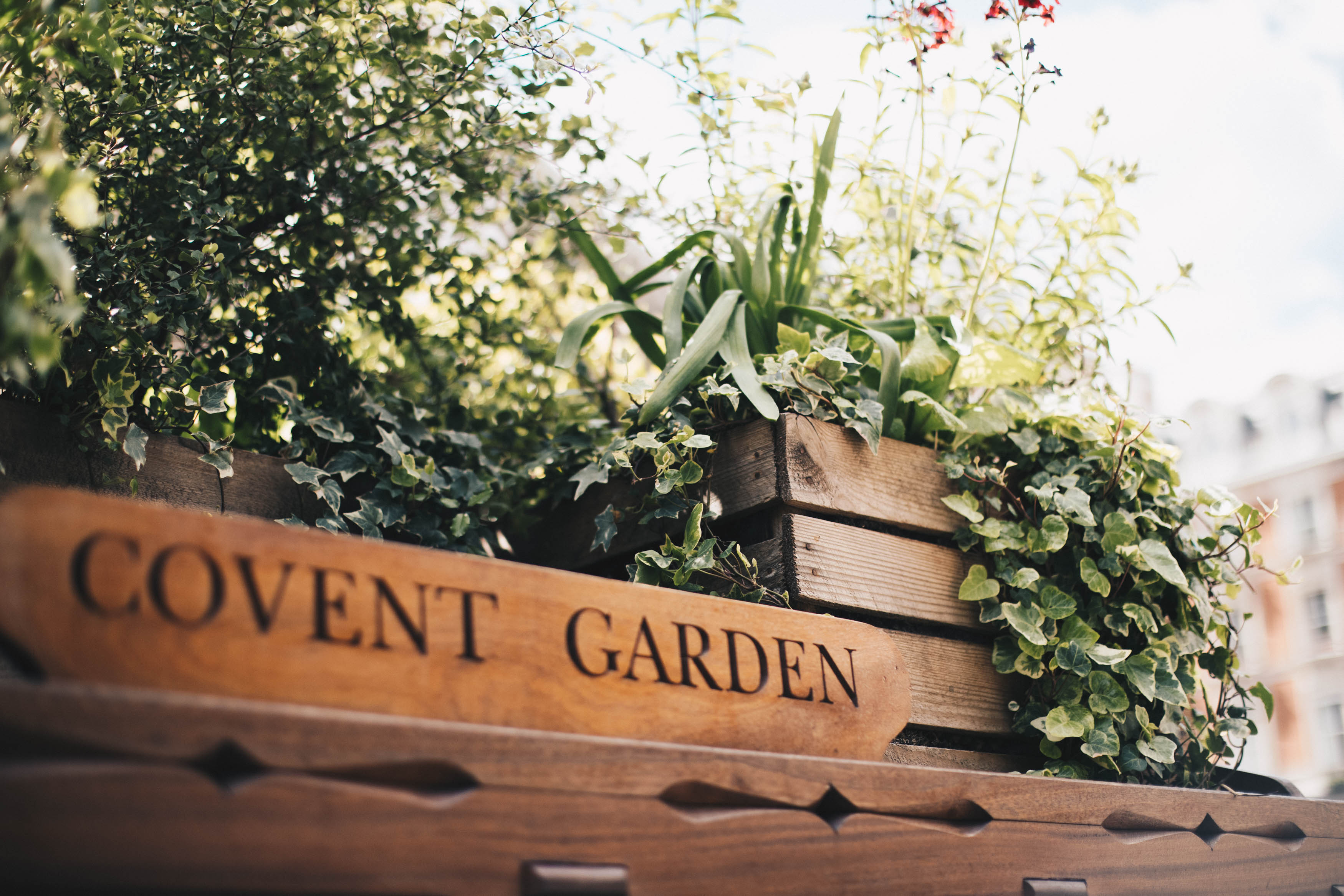History of the Trust
In the early 1970s, Covent Garden was the subject of major development proposals which would have resulted in the destruction of the immediate environment and in the demolition of most of its old and rare buildings.
THE FRUIT & VEGETABLE MARKET LEAVES COVENT GARDEN
Despite the fact that the fruit & vegetable market was gone and the Piazza market buildings left empty, the surrounding streets were still teeming with small businesses. One source lists armourers, book binders, chocolate makers, glassblowers, potters, saddlers, silversmiths and “Francis Bowditch, a maker of Utterly Useless Objects”. Many residents also made a living locally in publishing, the theatre and restaurants, and took a keen interest in the future development of Covent Garden.
THE GLC MAKES PLANS FOR COVENT GARDEN
As early as the 1920s it was increasingly obvious to buyers and sellers alike that the Piazza was becoming too cramped for the wholesale trade in fruit and vegetables. Barrows, cars, lorries, horses and donkeys were constantly jammed into the narrow side streets with little room for manoeuvre. As a result, in the 1960s the Covent Garden Market Authority decided to move to Nine Elms in Battersea and the Greater London Council (GLC) bought all the land they owned. Later on, plans were drawn up to redevelop the area.
In accordance with the fashion in architecture at the time, the plans were sweeping and radical. A dual carriageway was proposed to replace ancient Maiden Lane (birthplace of the famous painter, J W Turner) together with other highways which would plough their way through the neighbourhood. New shops, theatres, a vast conference centre, tower blocks and the demolition of large numbers of historic buildings were also included in the plans. Many local residents and lovers of the old Covent Garden were understandably concerned.
THE TRUST IS FORMED
However, the GLC was disbanded in 1986 and Covent Garden Area Trust was set up to take over the role of guardian and preserver of the buildings and historical features of central Covent Garden shortly afterwards.
© 2025 Covent Garden Area Trust |  Powered by Skizzar
Powered by Skizzar
